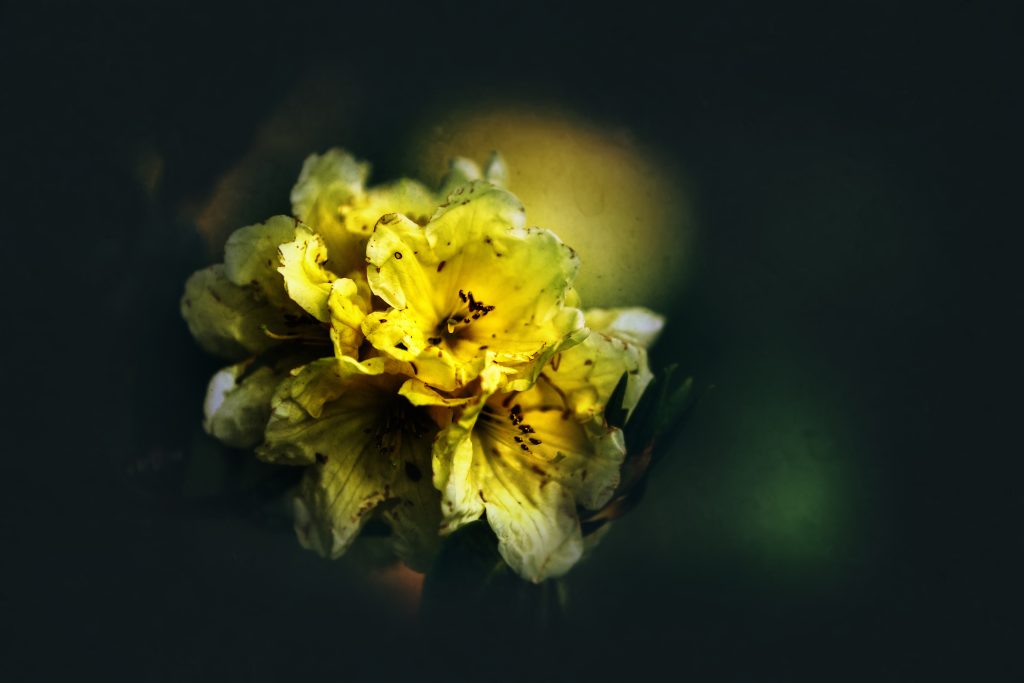 Evansdale Glen – Buy
Evansdale Glen – Buy
The track which had obviously been recently maintained quickly narrowed into a gorge or ravine valley type area. Two minutes later I reached another fence line with a sign that said “Wild animal control operations using firearms are currently being undertaken in this area.” This brought an obvious question to mind. Should I be more worried about the wild animals or the firearms being used to control them?” More nervous than ever, I pushed on.
As the track continued, a thought suddenly crossed my mind. Maybe the reason I’ve never heard of this place is because no one ever ventures out alive? Such are the dangers of the New Zealand bush or walking tracks for that matter. You not only have to survive the maniacs on the road just to get there, but when you do, there’s numerous water obstacles, hunters and wild animals to elude. What a glorious country this is!


















 A waterfall in the Otira Gorge by Petrus van der Velden –
A waterfall in the Otira Gorge by Petrus van der Velden – 









 Pontic Rhododendron –
Pontic Rhododendron –